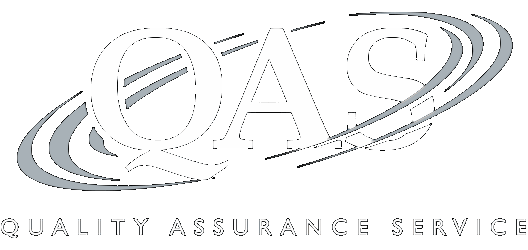State Depreciation Adjustments: Handling Conformity Issues
Tracking Depreciation, Section 179, and Bonus Depreciation Differences
Recording of a 110-minute CPE webinar with Q&A
This webinar will review state methods of depreciating and expensing assets. Our panel of state and local tax veterans will identify which states comply with federal provisions, including bonus depreciation and Section 179 expensing guidelines, outline which states do not and the alternative methods they employ, and provide suggestions for tracking these valuable discrepancies.
Outline
- State depreciation differences: introduction
- Types of state adjustments
- State depreciation differences
- Bonus depreciation
- Section 179
- Tracking states' depreciation variances
- Examples
Benefits
The panel will cover these and other critical issues:
- Common methods states use for bonus depreciation
- Best methods for tracking depreciation by state for multistate businesses
- Examples of state addbacks and adjustments in specific states
Faculty

George W. Rendziperis, JD
Director
Baker Tilly US
Mr. Rendziperis is a director with Baker Tilly’s state and local tax (SALT) practice. He has more than 15... | Read More
Mr. Rendziperis is a director with Baker Tilly’s state and local tax (SALT) practice. He has more than 15 years of experience with assisting taxpayers in matters involving state income, franchise, gross receipts, sales and use, withholding, controlling interest transfer and real and personal property taxes, as well as unclaimed property and state tax credits and incentives. Mr. Rendziperis also provides experienced counsel in state tax controversies, audit defense and state tax litigation matters.
Close
Mark Wood
Managing Director, State and Local Tax practice
Andersen Tax
Mr. Wood is a Managing Director in the State and Local Tax practice. He has over 26 years of experience advising... | Read More
Mr. Wood is a Managing Director in the State and Local Tax practice. He has over 26 years of experience advising clients on state and local tax issues. Mr. Wood has advised clients on state and local tax issues in the areas of income, franchise, sales, use, property, unclaimed property, and payroll tax. He serves clients in a variety of industries including retail/wholesale distribution, timber, high-tech, manufacturing, financial services, and telecommunications.
Close
